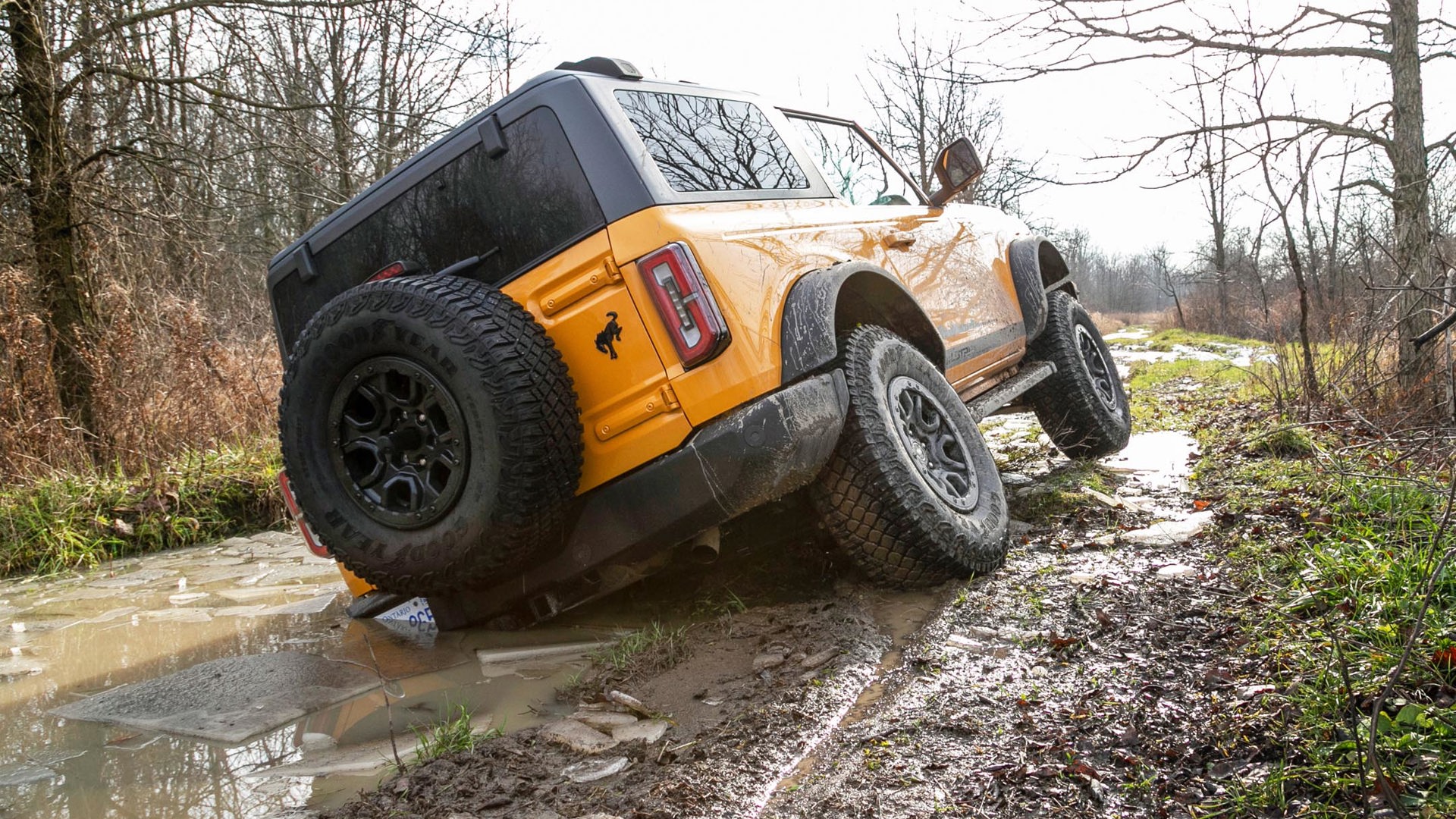An AutoTrader.ca contributor and I recently ventured off-road to test two SUVs (in the name of science!), but our trip got cut short after a series of dumb mistakes were made and we both got seriously stuck.
Besides being overly confident despite not having the most off-road experience, it became immediately apparent that if we followed a few simple guidelines, it would have been a safer and less stressful experience. Besides the simple starting point of understanding both your limits and those of your vehicle, off-roading takes careful planning, something we neglected to do and ending up paying the price for.
Luckily, we did have some foresight and invited along a buddy with a decked-out Jeep Wrangler to help us if things got messy. That itself was a lesson learned, but here are some high-level tips to remember before you head out on your first off-road journey.
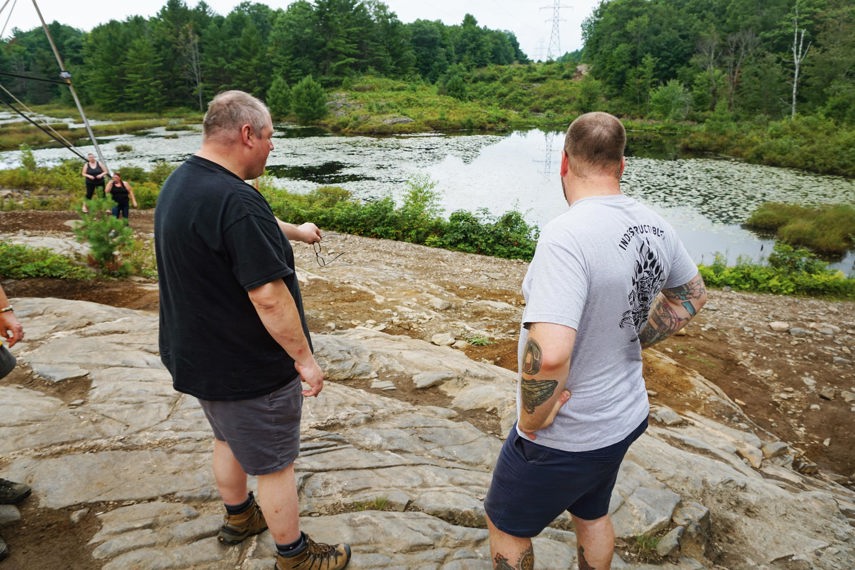
1. Remember to Recon
Don’t be tempted to bash your way through a trail you’ve never driven through before. Take some extra time to park your vehicle and do some recon first. Walk down the trail and make note of any potential obstacles. If you see a puddle, use a stick to test how deep it is. If it’s covered by ice, break the ice and then check the depth. It’s really important to know how deep water obstacles are to ensure your vehicle has the right fording capabilities. Pay attention to the trail’s surface. The drier it is, the better.
Make note of any debris on the trail – any large rocks, logs, deep ruts, and trees or branches that could scratch your paint. Determine whether your SUV can handle them and start planning a possible escape or recovery route.
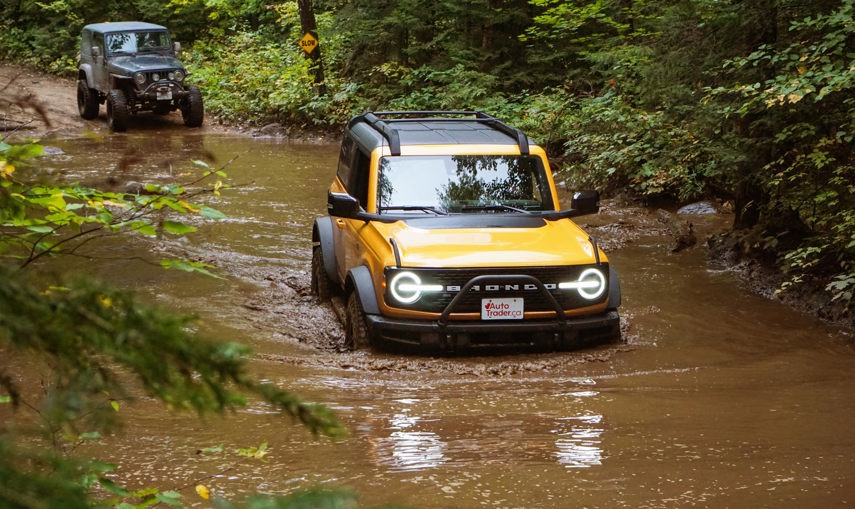
2. Pick a Clean Line and Stick to It
Once you’ve noted all the potential obstacles, you’ll need to decide if it’s better to drive over them or around them. You’ll need to keep as many wheels on the ground as possible and keep your vehicle as level as you can so you always have maximum traction, so keep that in mind to help you decide.
Once you’ve decided your line, stick to it. Often while off-roading, not committing to a clean line or changing course halfway will increase the chances of something going wrong.
In our recent example, the driver ahead of me decided to straddle a water crossing, meaning the driver's-side wheels were submerged and the right ones were on firmer (but very muddy) ground. We got seriously stuck at a very scary angle, but if we had committed to going through the water obstacle instead of straddling it, we should have been able to make it through without getting stuck and risking a rollover.
Why didn’t we just commit to driving through the water? Our first mistake was that we didn’t check how deep it was, and because of that, we picked a bad route.
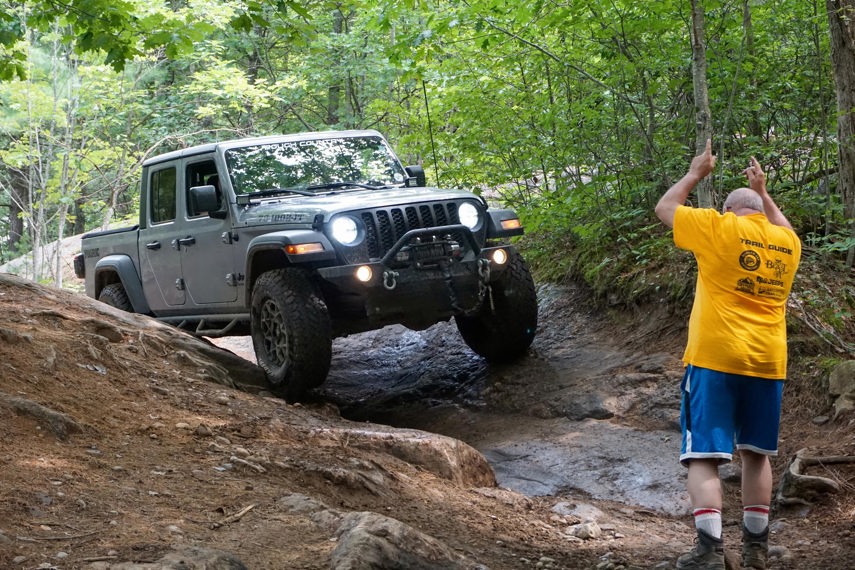
3. Bring Backup
Don’t off-road alone! Off-roading is safer and better experienced with friends who can give you advice on how to tackle certain obstacles, act as spotters, and help recover you if you get stuck. Bonus points if a buddy has all the proper tools, and a vehicle equipped with all the right recovery gear, including a winch.
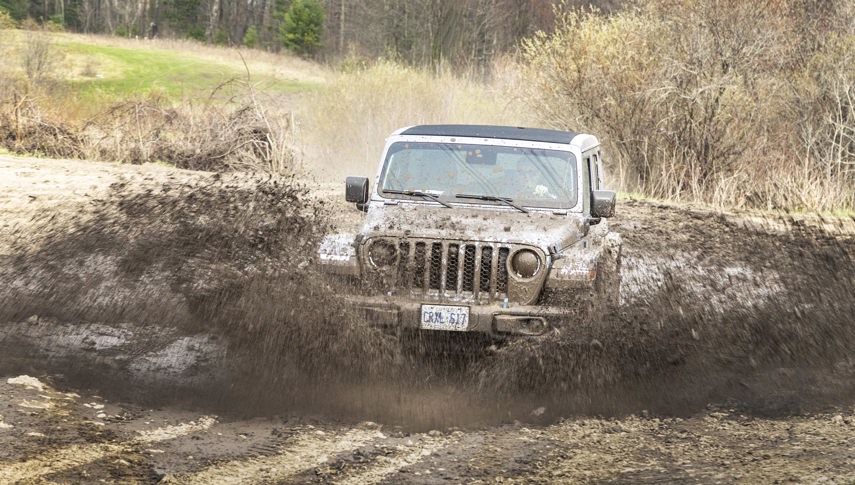
4. Be Aware of Snow, Ice, and Mud
A good rule is to avoid off-roading in the winter in general. Most off-roading trails close for the winter because the conditions are extra unpredictable. Mud and ice will make off-roading needlessly difficult and even dangerous because the lack of traction is going to get you stuck and spinning your wheels quickly. Mud is often unavoidable (and can actually be really fun!), so just be mindful of the surface conditions and change your approach accordingly.
Having the right tires will make a massive difference, but even if you have mud-terrain tires, the beefiest specialty rubber still has its limits and is useless if there’s nothing for it to grab onto.
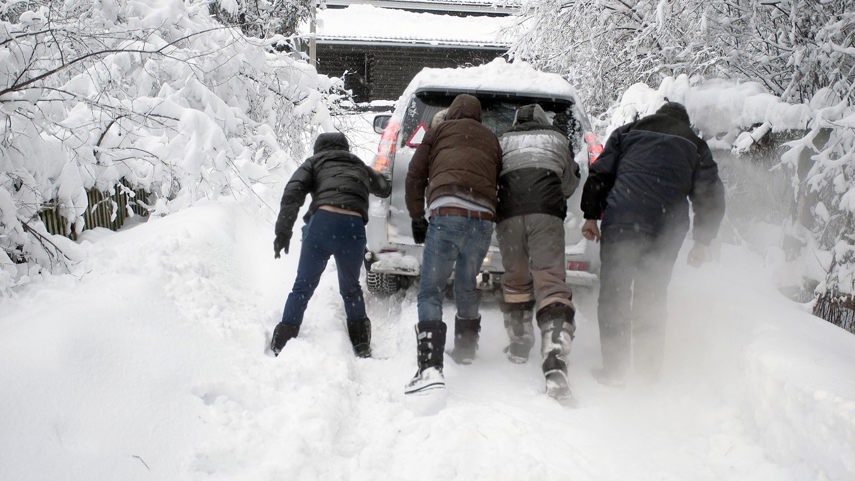
5. Dress and Pack Appropriately
You’re probably going to get very dirty. Dress in layers, wear sturdy boots with good traction, and don’t bring anything that’s fragile or valuable. Wear sunscreen and stay hydrated when wheeling in the summer. Bring high-energy snacks. Don’t forget a set of basic tools; besides the long list of proper recovery gear, a hand saw, folding shovel, gloves, and a good set of hand tools were all used during our recovery.
![]()
6. Fuel Up Before You Go
Make sure you have a full tank of gas before you hit the trail. Off-roading can consume more fuel than you’re used to, and you want to make sure you have a full tank in case you get stuck or make it too far and can’t finish the trip because you’re running on fumes.
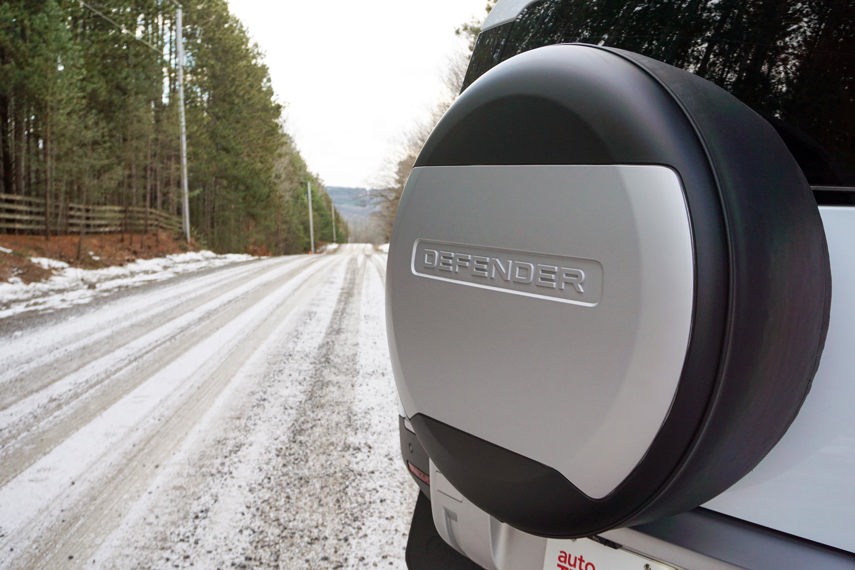
One Last Tip: Leave Nothing but Tire Marks
Be respectful of the environment you’re travelling through. Take your trash with you and if you see that other off-roaders have left litter, do the right thing and help pick it up. It’s normal to cut down some branches and use trees during recovery, but only as a last resort. Try to preserve the wilderness as best you can and leave nothing but your tire tracks. Be mindful of how long you’re idling for and cut the engine if you’re going to be stopped for a while.
